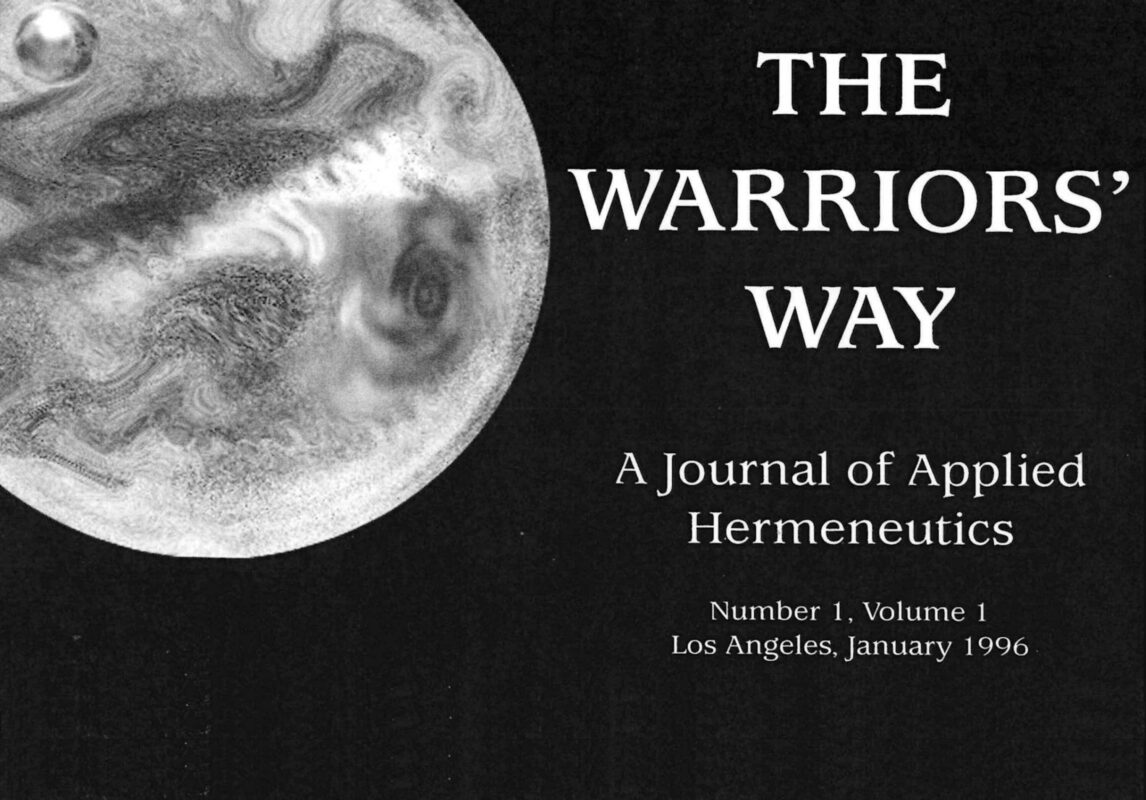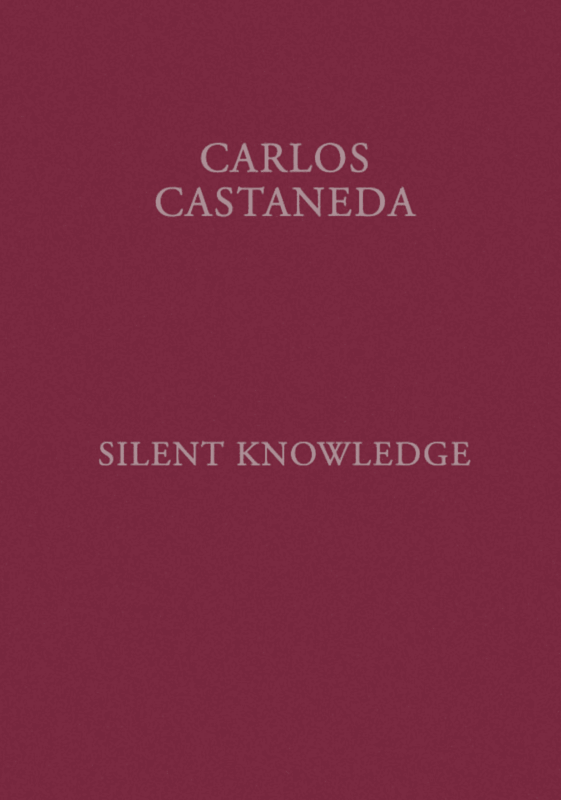In this introduction, Castaneda presents the core concept of “silent knowledge,” described by his teacher, don Juan Matus, as the ultimate goal of the sorcerers of ancient Mexico. This state of awareness, where all pertinent knowledge is revealed directly to the being, is born from its matrix: “inner silence,” a state free from the internal dialogue. Castaneda recounts his difficulty in grasping these abstract ideas until don Juan offered a more modern analogy: becoming “readers of infinity.” He explains that rigid procedures are useless for this path; the key is reinforcing one’s link with a universal force called “intent.” Castaneda also introduces the “magical passes” as a practical means to achieve the physical and mental well-being necessary for this journey. Finally, he reveals that because he and his companions are the end of don Juan’s lineage, they have decided to make the magical passes public under the name “Tensegrity,” and he outlines the five main topics of the book that lead to silent knowledge.


